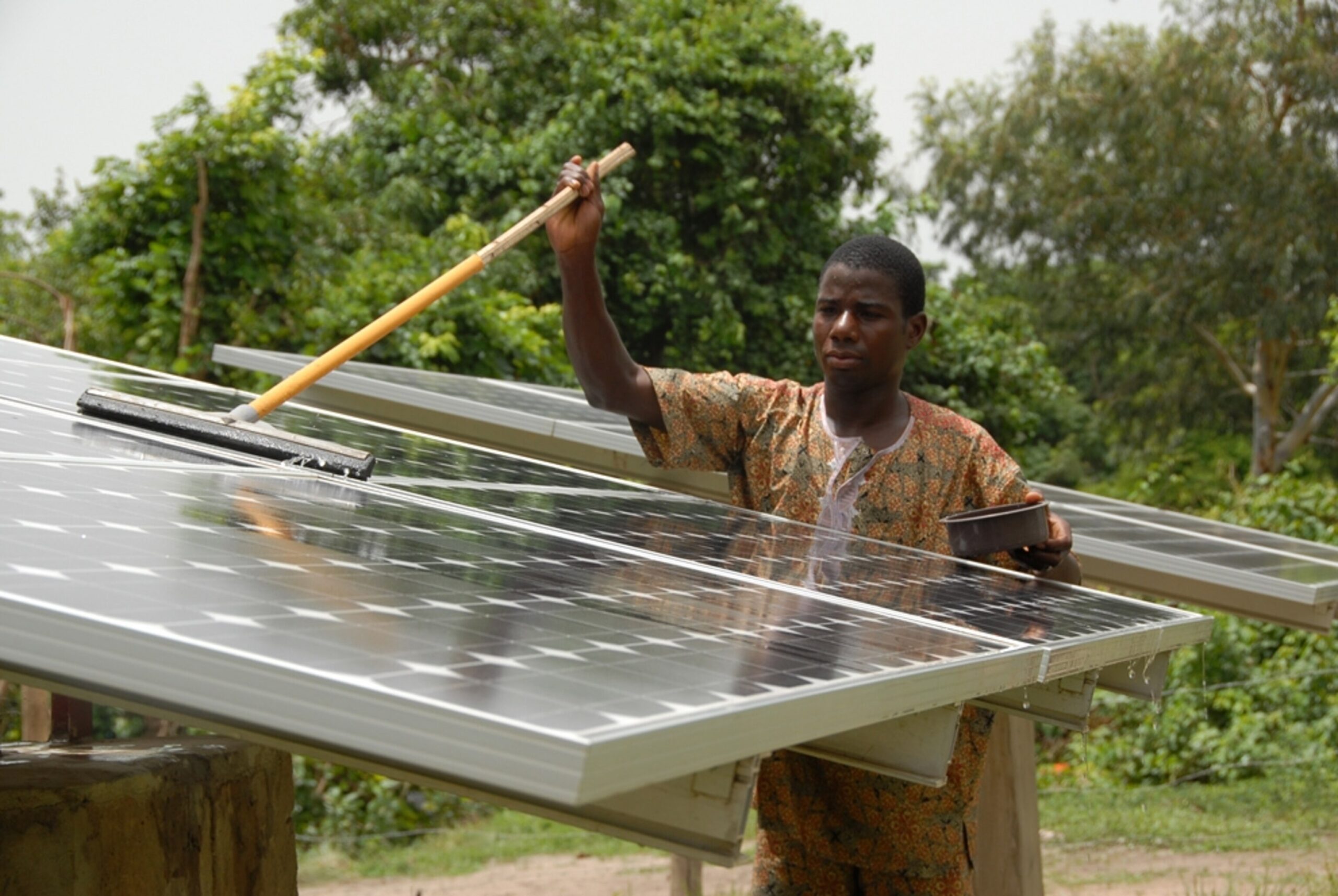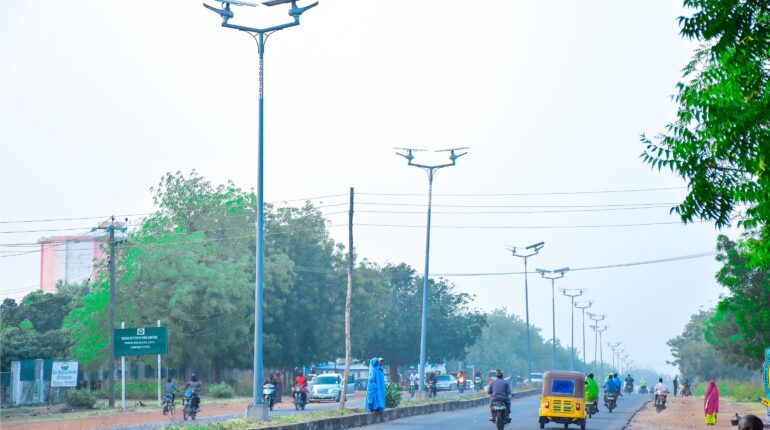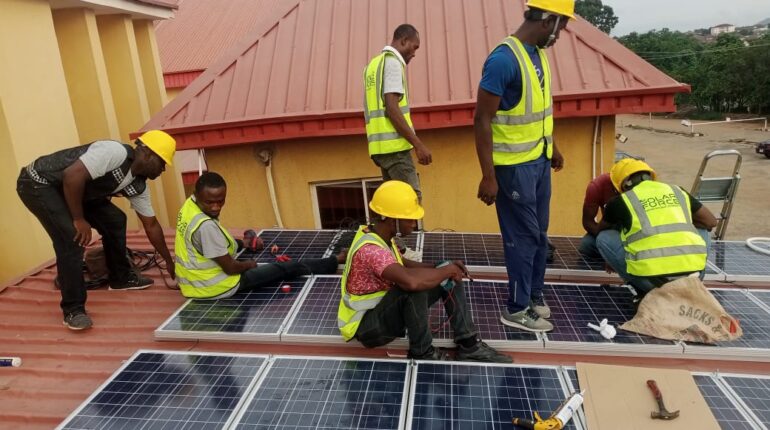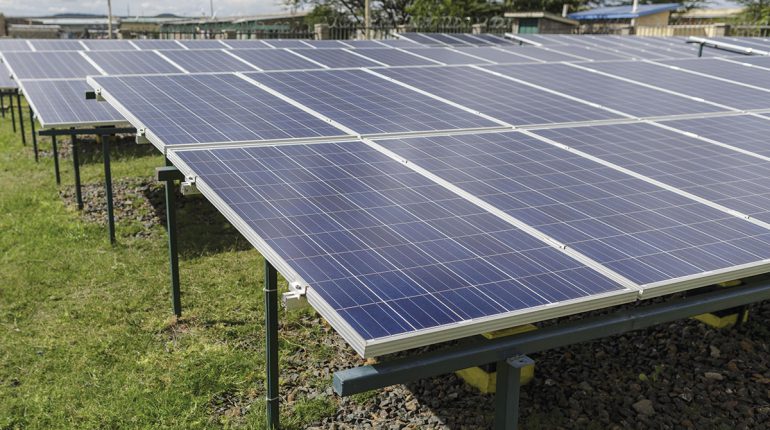In our last post, we focused on the importance of one of the solar energy system products (solar street light) to a developing country like Nigeria.
Our focus in this post is to briefly state the reasons Nigeria and other African countries with growing populations need to urgently embrace solar energy to augment their presently erratic power supply.
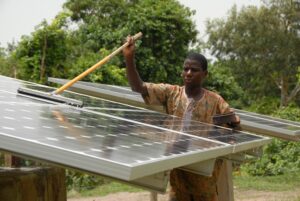 Solar System can now be Custom Designed to a Specific Location, Country and States
Solar System can now be Custom Designed to a Specific Location, Country and States
Your home, office and even your geographical location is unique, so why should you have a one-size-fits-all solar panel system? At SolarForce, we take advantage of latest solar technologies to custom design each system according to our clients’ energy need and environment. Our accredited project engineers and solar energy experts will perform a site analysis in order to create a customized solar system to suit your needs and maximize your return on investment.
With improved technology in optics, we can design lights that are tailored to a particular city and improved efficacy by combining optics technology and solar.
Solar Technology has Improved & Still Improving
Solar with lithium ion batteries can last for 12-15years. Lithium ion batteries stand apart from other battery chemistries due to their high energy density and low cost per cycle. At a round-trip efficiency of up to 98%, it is no wonder these batteries are gaining traction within the industry.
The limitations of pole heights are long gone; solar lights can now be installed same height as the grid lights even at the airport. The distance between poles has also improved significantly.
With improved solar technology, the Life span of a solar system has gone up all the way from 15years – 20years which qualifies for infrastructural investment.
Solar System Can Now be Remotely Monitored
Solar remote monitoring system has Up to 40% reduction in manual operational cost through real-time remote monitoring, anomaly detection & data analysis of all your solar PV assets. Being able to remotely monitor PV systems is important to reducing time and costs associated with site visits. This is obviously especially important for off-grid systems, which are often in even harder to reach or remote areas—geological monitoring, mines, telecom, industrial automation and agriculture applications.
The maintenance and support has greatly improved.

